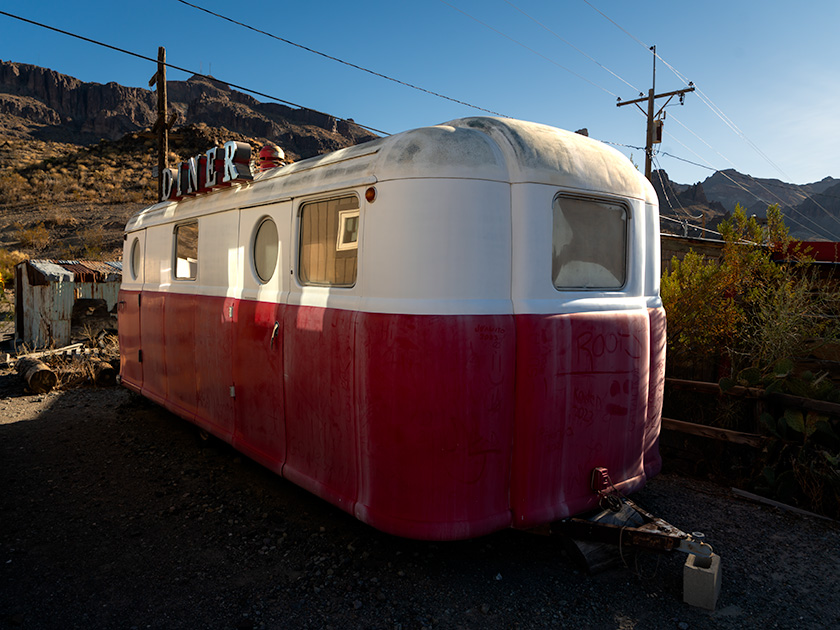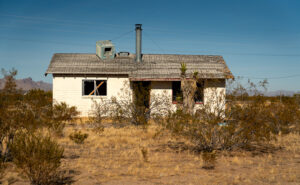
Let’s embark on a journey back to school for a moment. Picture yourself seated in an Arizona grade-school classroom, pencil in hand and a fresh sheet of paper on your desk. Today’s lesson begins with a pop quiz, a staple of any Arizona curriculum. The question: What are the ‘5 Cs’ of Arizona? If you’re rattling off Copper, Cotton, Cattle, Citrus, and Climate, you’ve hit the nail on the head. But let’s add a twist for the history buffs among us. How about substituting with these: Cactus, Canyons, Crackpots, Computer-Chips, Construction, or Canadians?
The original five Cs were, of course, the most significant revenue producers in the state. But that was so 1950s. Although they still bring substantial money into Arizona, they’re a fraction of their past in the new millennium. For example, when I moved to Phoenix in 1972, the Valley of the Sun was wall-to-wall orange groves. Today, they’ve been replaced by tract homes with a token grapefruit tree in the backyard. The cotton fields stretching from Tolleson to Buckeye have suffered the same fate. The stockyards that fowled the air at the east end of Sky Harbor’s runways are now a parade of gleaming corporate offices.
That leaves climate as the surviving C-word, which brings in the Canadians, and we need to build something to keep them occupied while we crackpots are hard at work making computer chips and constructing new houses. This shift from the agricultural and raw materials of yesteryears to the high-tech and tourist-oriented economy of today mirrors the transformational stories of many Arizona towns. Among these tales of change, one town stands out as a vivid illustration of the state’s rich history and relentless march into the future: Oatman.
This once-thriving gold rush town, nestled in the Black Mountains of Arizona, is a relic of an era that defined the state and the American West. The story of Oatman begins with glittering prospects and dreams of fortune as miners flocked to its hills spurred by the promise of gold. The narrative takes us through the wild roller coaster of economic booms and crushing busts. It paints a picture of the indomitable spirit that characterizes so much of Arizona’s history.
As we dive into the tale of Oatman, we find not just a story of a mining town but a reflection of the more extensive American experience—one marked by hope, struggle, and resilience. So, let’s leave the modern suburbs of Phoenix behind for a moment and journey back to when gold was the C-word that captured everyone’s imagination and set the wheels of destiny in motion for places like Oatman.
In the early 20th century, Oatman was awakened from its sleepy existence by a glint of gold, setting the stage for transforming into one of Arizona’s most prosperous boom towns. It all began with prospector Johnny Moss, who first mined the area in the 1860s, staking claims to two mines, one of which bore his name and the other named after Olive Oatman, a young girl with a dramatic story of survival in the Wild West. However, it wasn’t until the early 1900s that Oatman’s destiny as a gold rush town was firmly sealed. The Vivian Mining Company started operations around 1904, and the discovery of significant gold deposits at the Tom Reed Mine in 1908 led to a frenzy of activity. By 1909, the once modest mining camp officially adopted the name Oatman, and the town was on its way to becoming a symbol of the American dream.
Oatman’s heyday spanned the 1910s and 1920s, marked by bustling streets, saloons filled with hopeful miners, and the constant clatter of activity. The town’s population swelled, and the promise of fortune lured people from all walks of life. The construction of Route 66 through Sitgreaves Pass in 1926 further cemented Oatman’s status. The new highway brought a steady stream of travelers, enhancing the town’s prosperity. During these golden years, Oatman was more than a mere mining town; it was a community brimming with hope and vibrancy, where the American spirit of adventure and pursuit of fortune shone brightest. But as with many boom towns, this period of prosperity would not last, setting the stage for the eventual decline that would transform Oatman into a poignant symbol of the transient nature of boom and bust cycles.

Each visit to a town steeped in history like Oatman becomes a treasure hunt for me, a quest for the extraordinary hidden amidst the ordinary. It’s not the overt that catches my eye—the comical store signs and typical tourist fare—but rather the subtle whispers of history that resonate most. This penchant for the historically authentic led me down an unassuming alley in Oatman, where the unexpected sight of a diner trailer captured my curiosity. At first glance, its vintage charm made it resemble a repurposed streetcar, but the presence of a hitch told a different story.
This intriguing relic was shrouded in mystery, nestled quietly away from the main thoroughfare. Questions swirled in my mind: When had this diner seen its heyday? Was it a festive cornerstone during Oatman’s booming past, rolled out for special occasions to serve hungry miners and travelers? Or perhaps it’s a more recent addition, a nostalgic nod to the town’s storied history? And who were the faces behind its service window? I could only hope this article might reach someone holding the keys to its past, someone who could unravel the tales this diner trailer has to tell.
Thanks for stopping by and visiting this week. If your curiosity has the better of you (and you’re not a cat), I have larger versions on my site < Jim’s Web Page> and a page on Fine Art America <FAA Link> for closer examination. We’d love your comments about the dinner or other Oatman experiences in the section below. Come back next week when we discuss what happens at the end of good times.
Till next time, keep your spirits high and your humor dry.
jw
Techniques: The Wide-Angle Lens or How to Save a Marriage
Picture this: there I am in Oatman, trying to frame the perfect shot of the diner, and suddenly, I’m playing a game of sardines with my camera. I’m backed up as far as I can go without turning into a human pretzel, and still, the ‘Diner’ sign is playing hard to get with my lens. At that moment, I realized that my lens wasn’t just wide; it was a regular Houdini, adept at escaping tight spots. However, even Houdini met his match, and so did my lens.
Here’s a secret between us (and please, if you ever meet Anne, mum’s the word): I’ve got my eye on a new-to-me wide-zoom lens. How, you ask? Let’s say I’ve recently saved someone from the clutches of the Maytag Man’s bill. My heroic washing machine repair has earned me some unspoken brownie points, which I intend to cash in for a shiny, used lens. My plan? To casually drop hints about this fantastic eBay find, nudging Anne into believing it’s her brilliant idea for my birthday gift. Genius, right?
With this new addition, my camera bag will boast a triumphant trio of lenses stretching from 16 to 200 millimeters, ready to tackle anything from ant-sized armadillos to gargantuan giraffes. So, stay tuned for my next eBay adventure, where I’ll be the stealthy bidder in the shadows, armed with a pocketful of washing machine savings and a dream.
